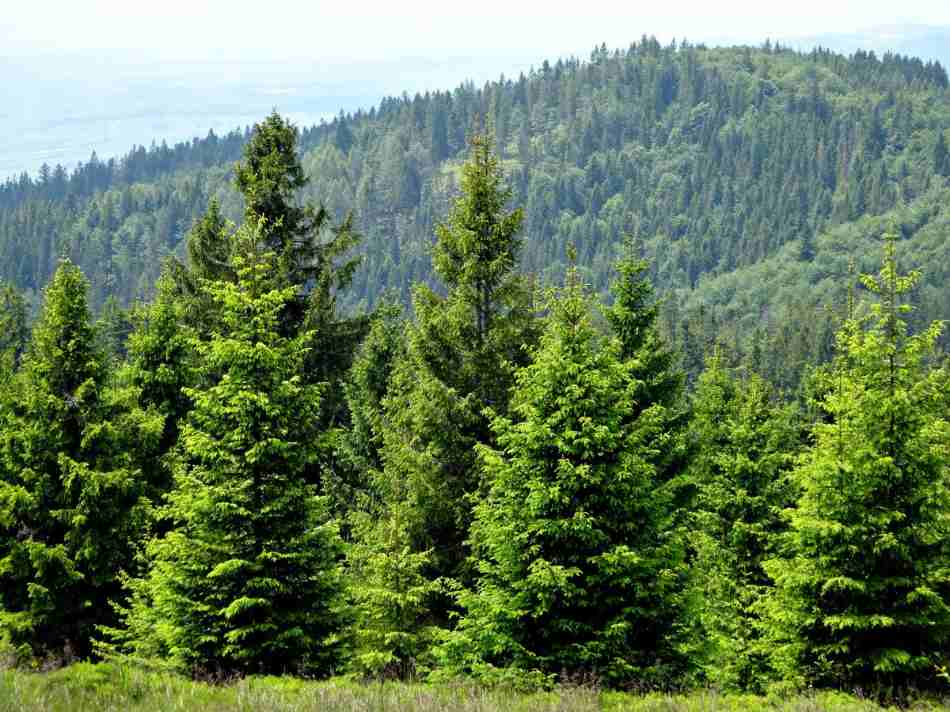New Research Forecasts a Disturbing Scenario Where Earth’s Trees Pose a Potential Threat to Humanity

While the common adage is “plant a tree, save the Earth,” recent data reveals a contrary perspective.
Forests are recognized as crucial “carbon sinks1” that mitigate air pollution and regulate the Earth’s temperature. Nevertheless, a new report from the U.S. Department of Agriculture projects a substantial decline in forests’ carbon-absorbing capacity by 2025, potentially transforming them into significant carbon emission sources by 2070.
What’s Occurring?
Scientific American2 recently highlighted a concerning trend: the possibility that our forests may no longer be the climate saviors they once were. For years, forests have played a crucial role in mitigating climate change simply by existing. As they grow, trees absorb carbon dioxide from the atmosphere, acting as a natural carbon sink that helps slow down the accumulation of harmful greenhouse gases, thus contributing to the fight against global warming.
Forests are losing their capacity to absorb carbon, largely due to intensified natural disasters such as wildfires, hurricanes, and tornadoes, as Earth’s temperature rises. Lynn Riley, a senior climate science manager at the American Forest Foundation, explains that these events disrupt forest ecosystems, reducing trees’ carbon-absorbing capabilities. Additionally, development in forested regions exacerbates this issue, and the report anticipates further challenges as more people settle in the wildland-urban interface.
According to the USDA report, U.S. forests presently mitigate 11% of the nation’s carbon pollution, which amounts to roughly 10% of domestic emissions. This substantial contribution highlights the crucial role forests play in our efforts to reduce carbon emissions. If we were to lose this vital carbon sink, the United States would significantly increase its overall emissions.
What is the significance of caring for trees?
Forests not only lose their carbon storage capacity but also release stored carbon as they decay. According to Climate Patrol3, forests have been annually removing around 2 billion metric tons of harmful carbon pollution from the atmosphere for over two decades. However, when forests are logged or burned, the stored carbon is released back into the atmosphere.
The USDA report warns that if current trends persist, forests could potentially emit up to 100 million metric tons of carbon annually. This shift from carbon absorption to emissions from dying trees contributes to the planet’s overheating rather than mitigating it.
Sources of Story
- https://www.clientearth.org/latest/latest-updates/stories/what-is-a-carbon-sink/ ↩︎
- https://www.scientificamerican.com/article/forests-are-losing-their-ability-to-hold-carbon/ ↩︎
- https://climate.mit.edu/explainers/forests-and-climate-change. ↩︎




